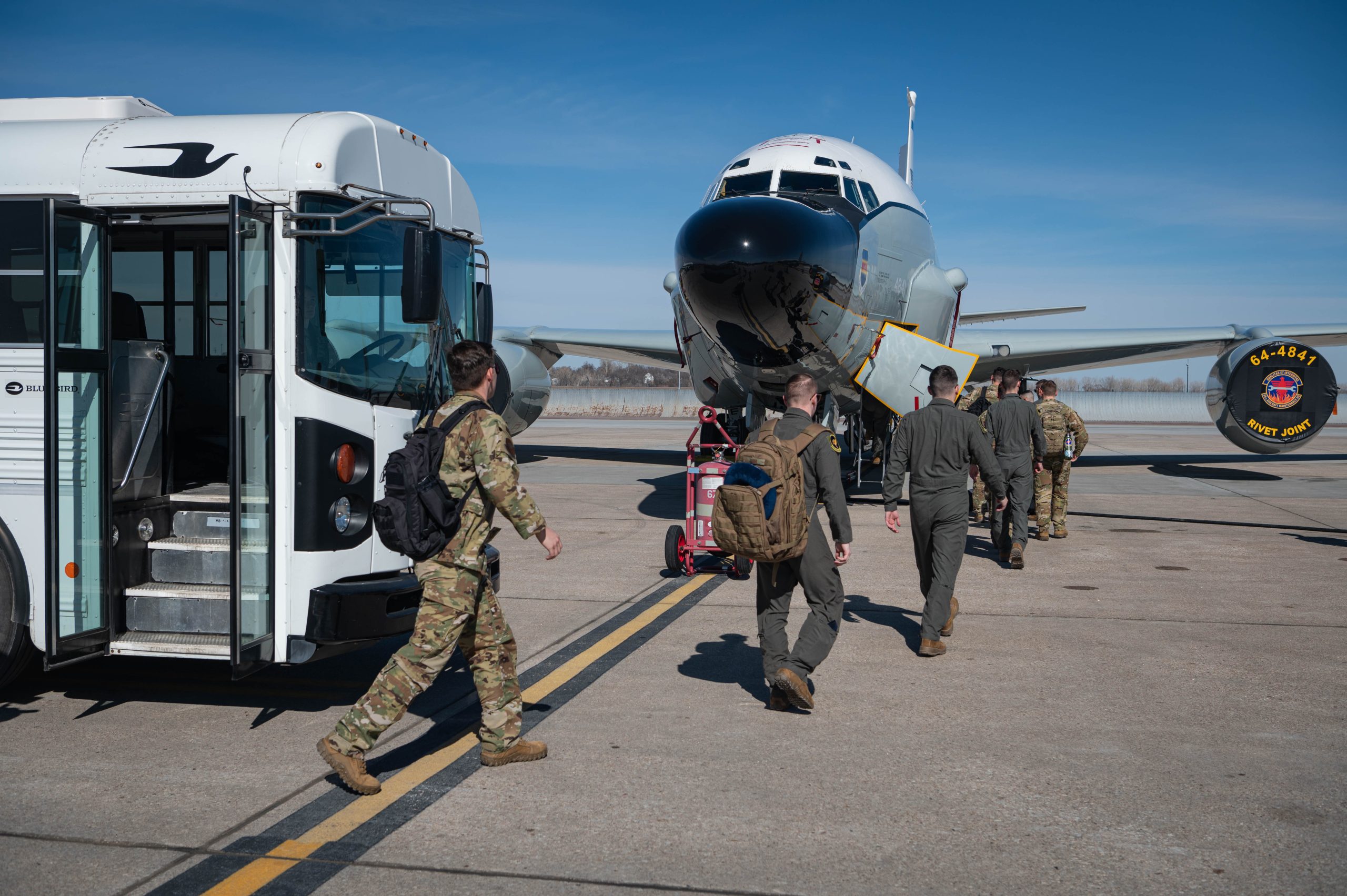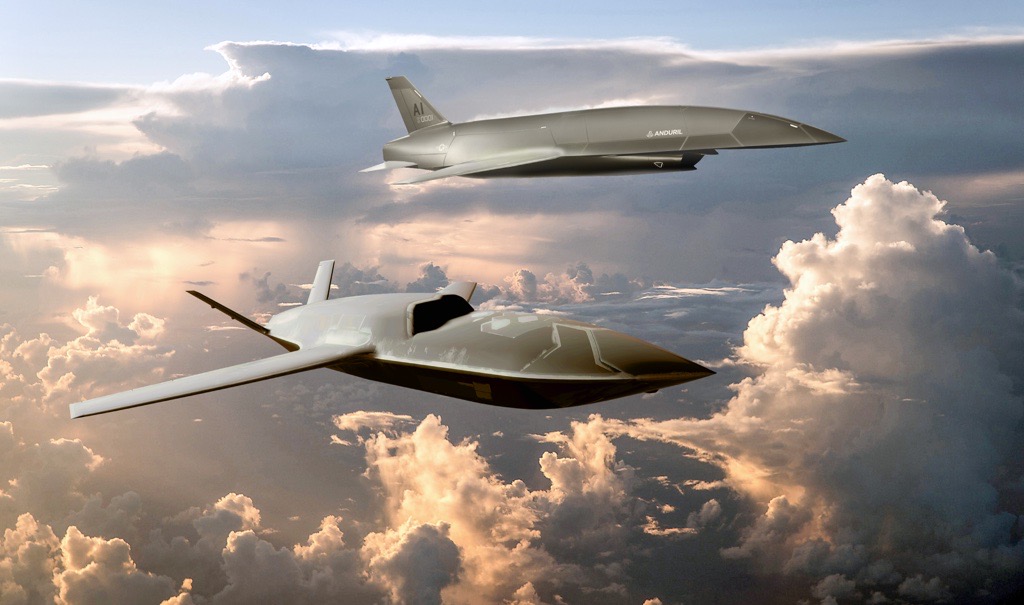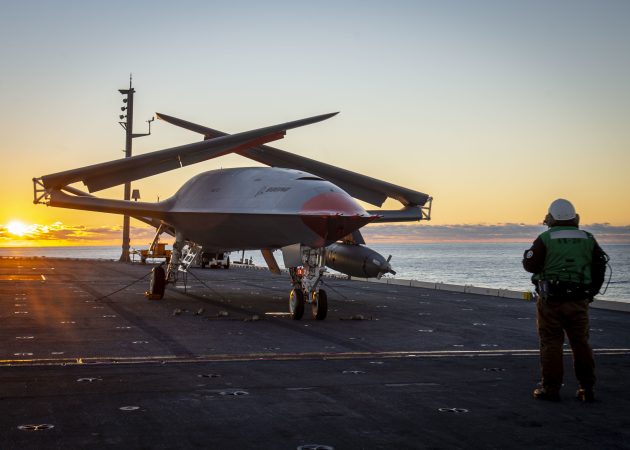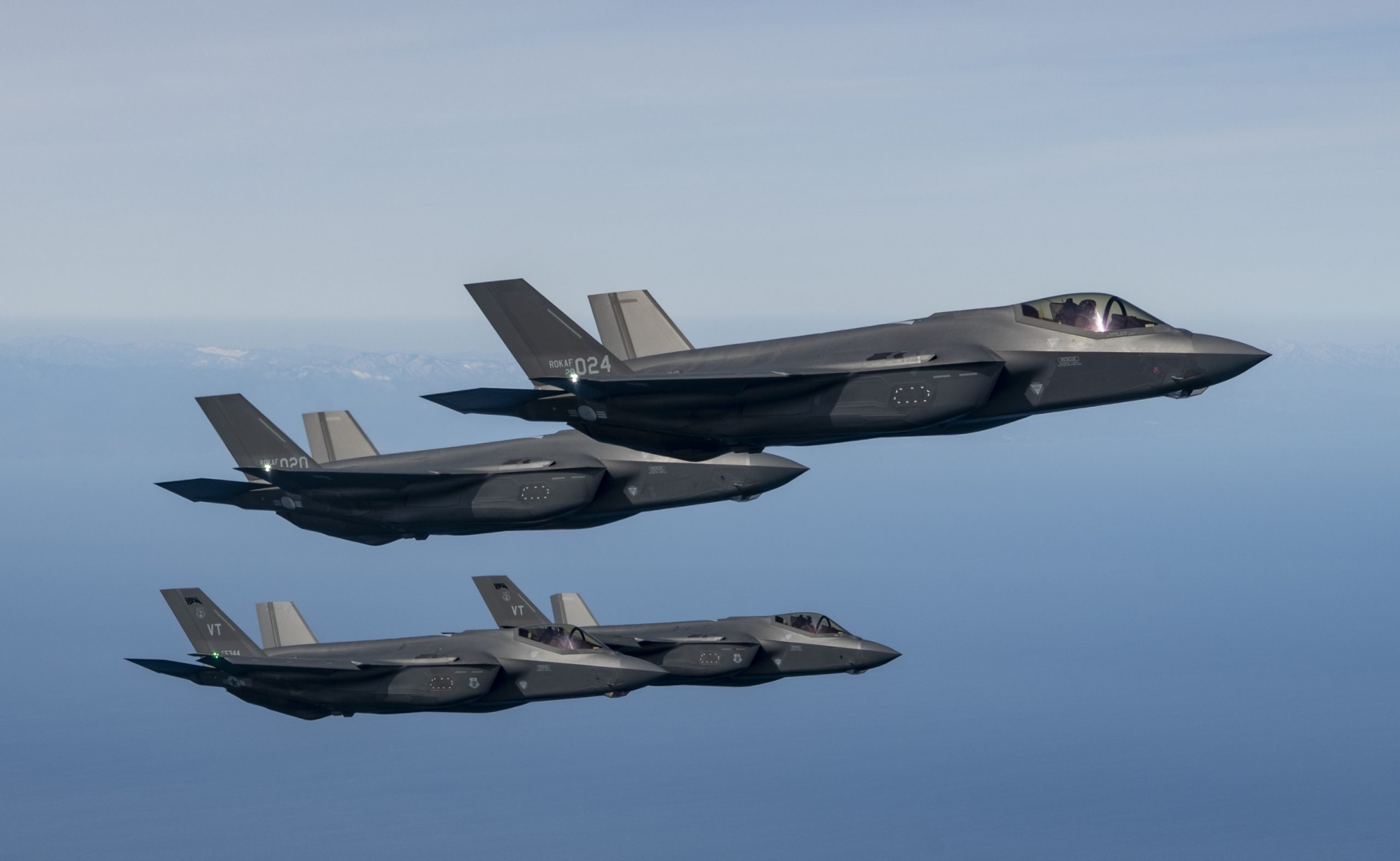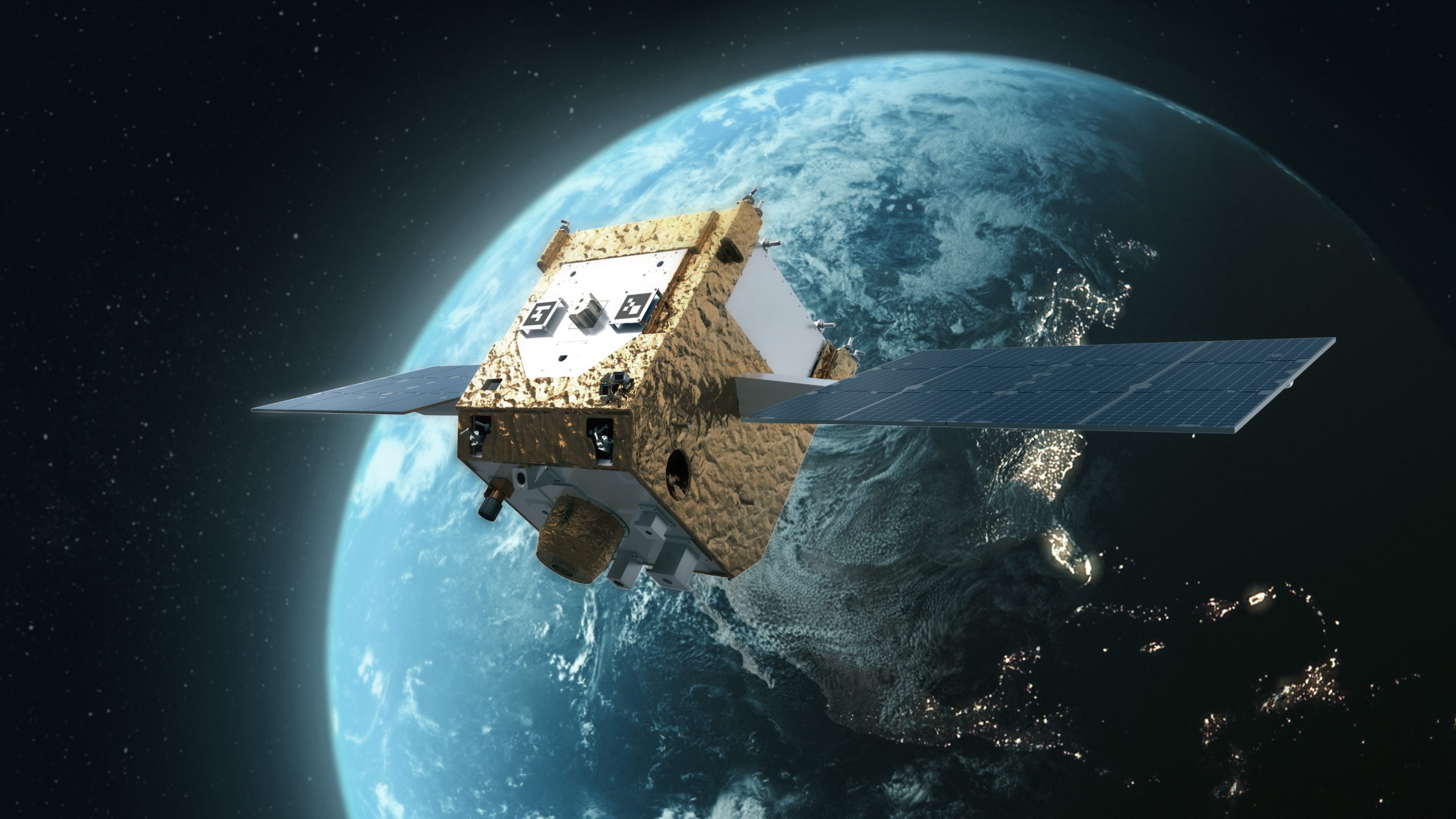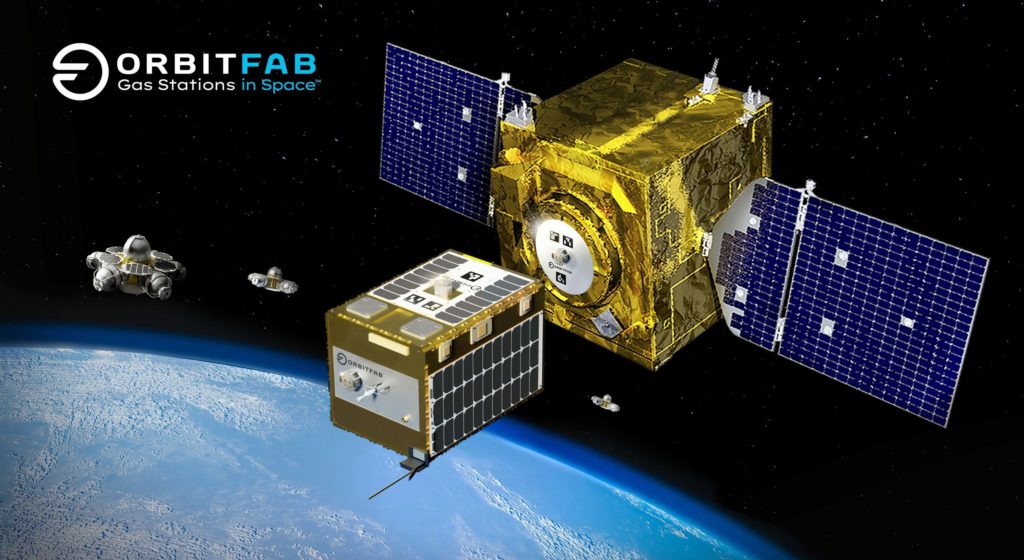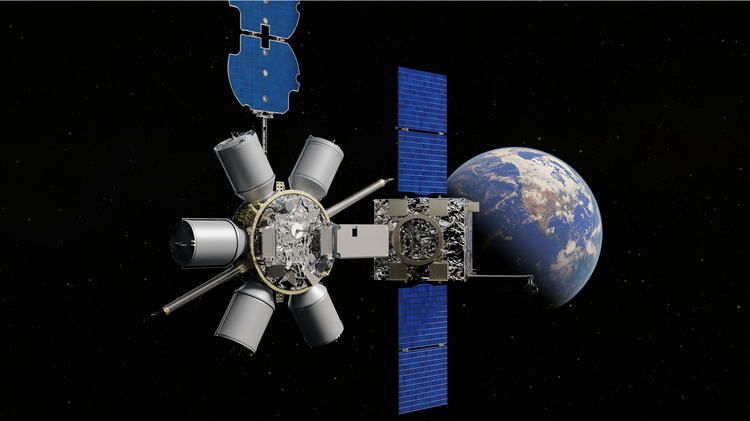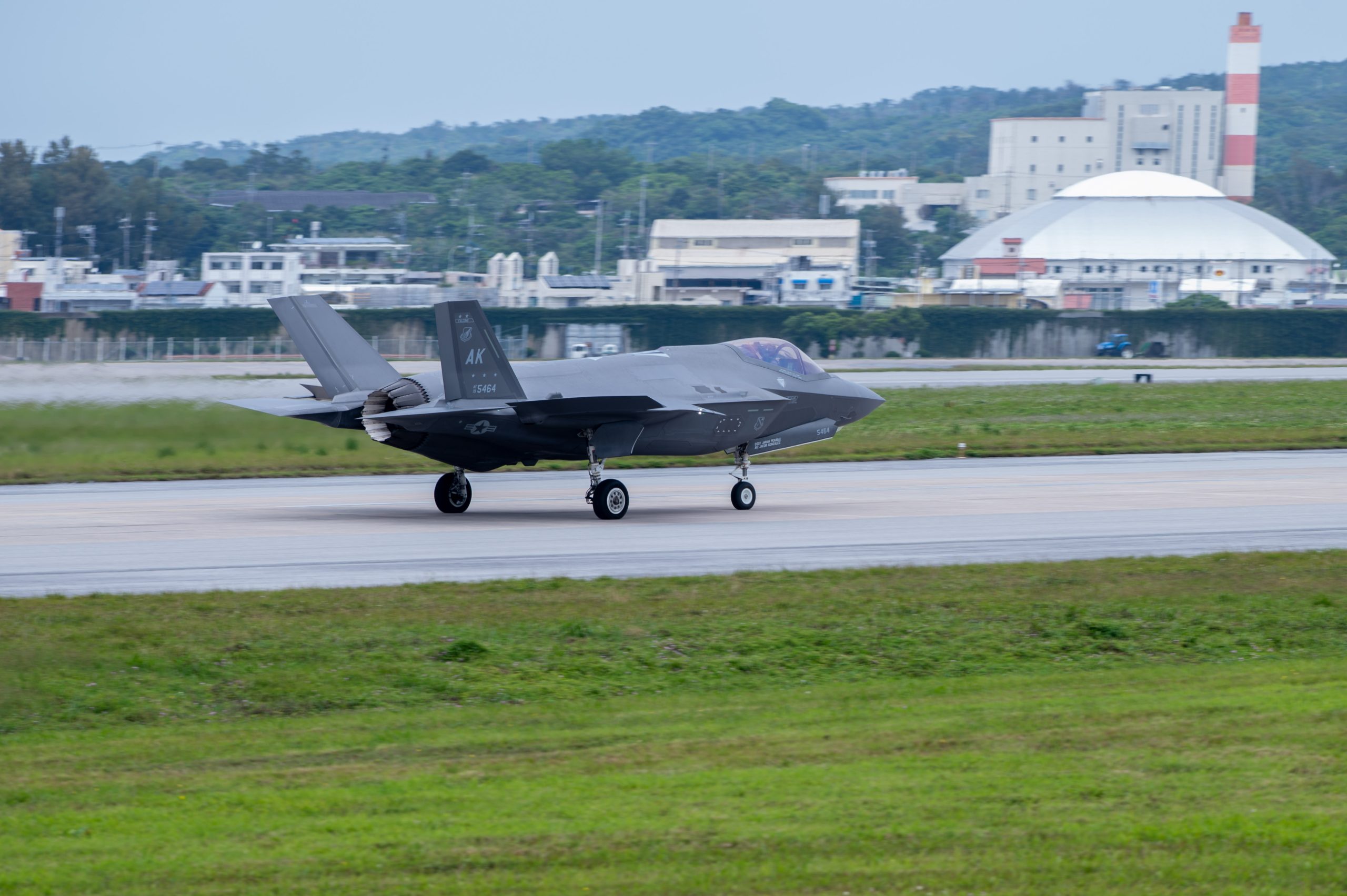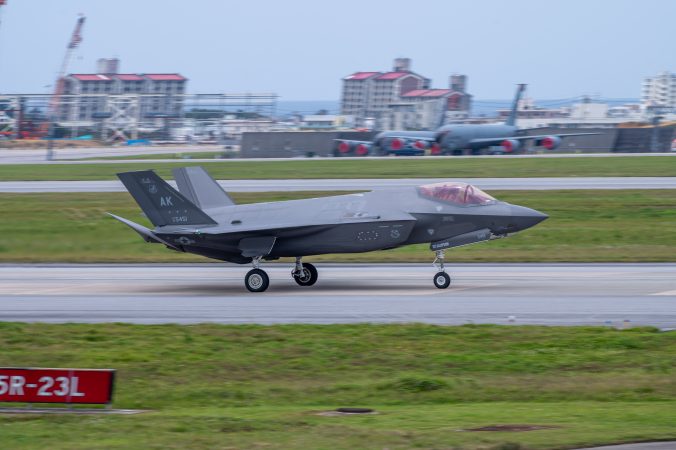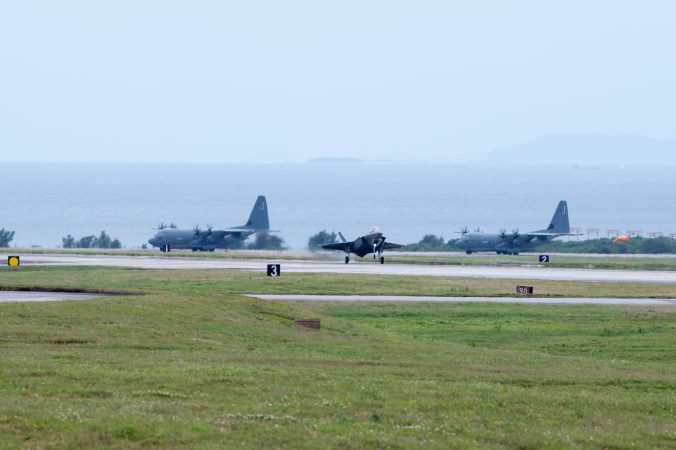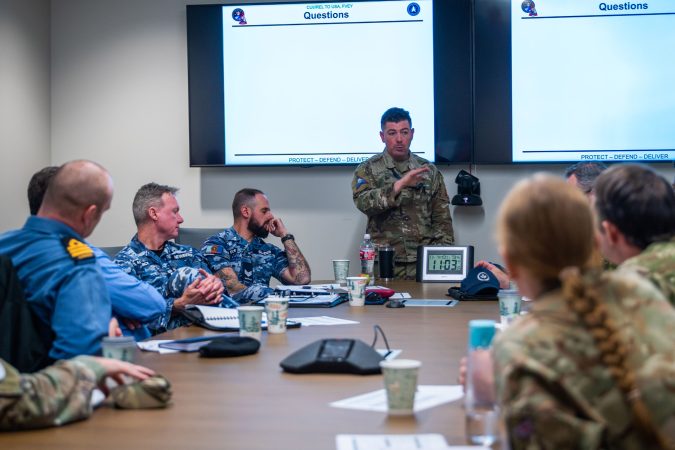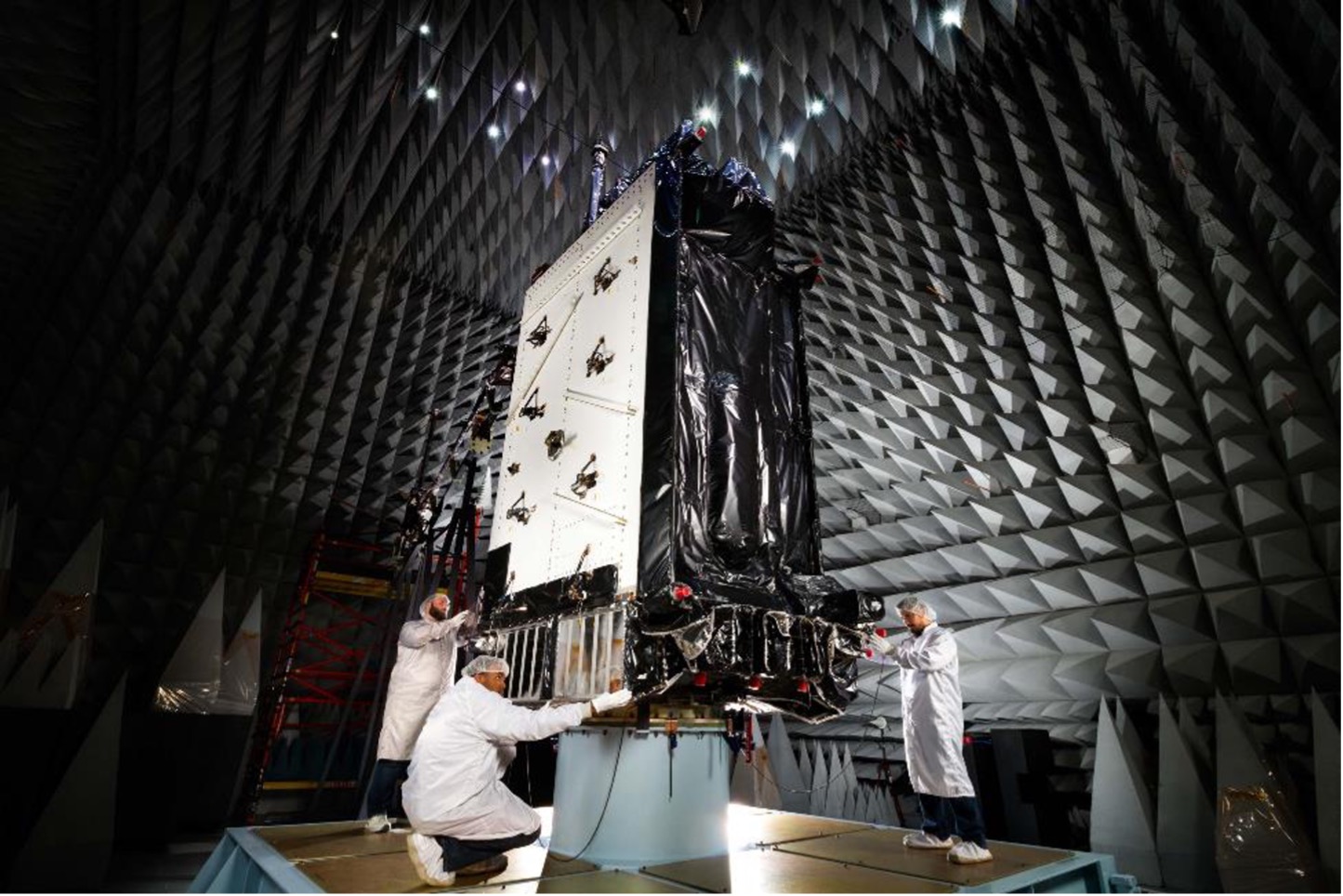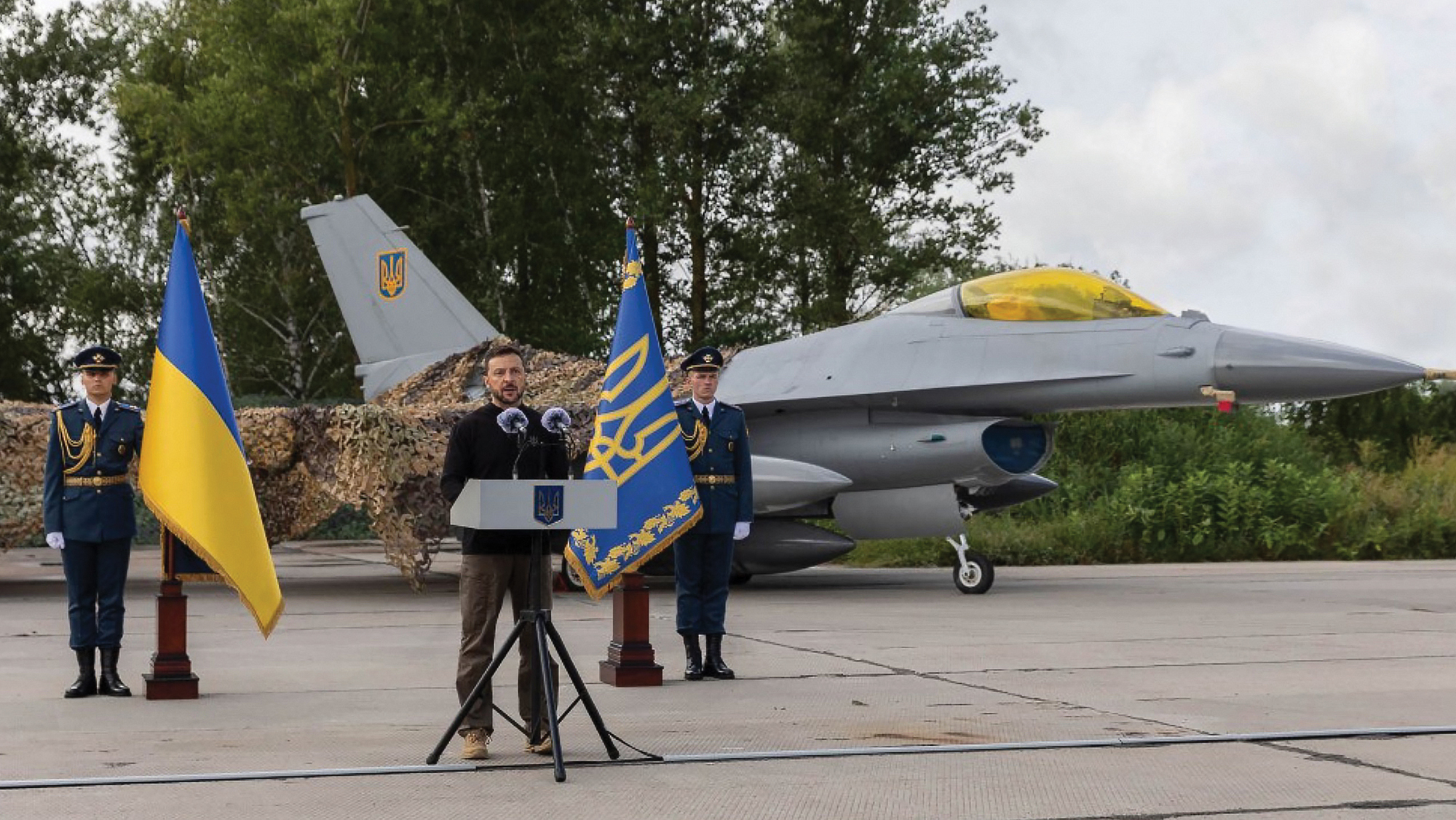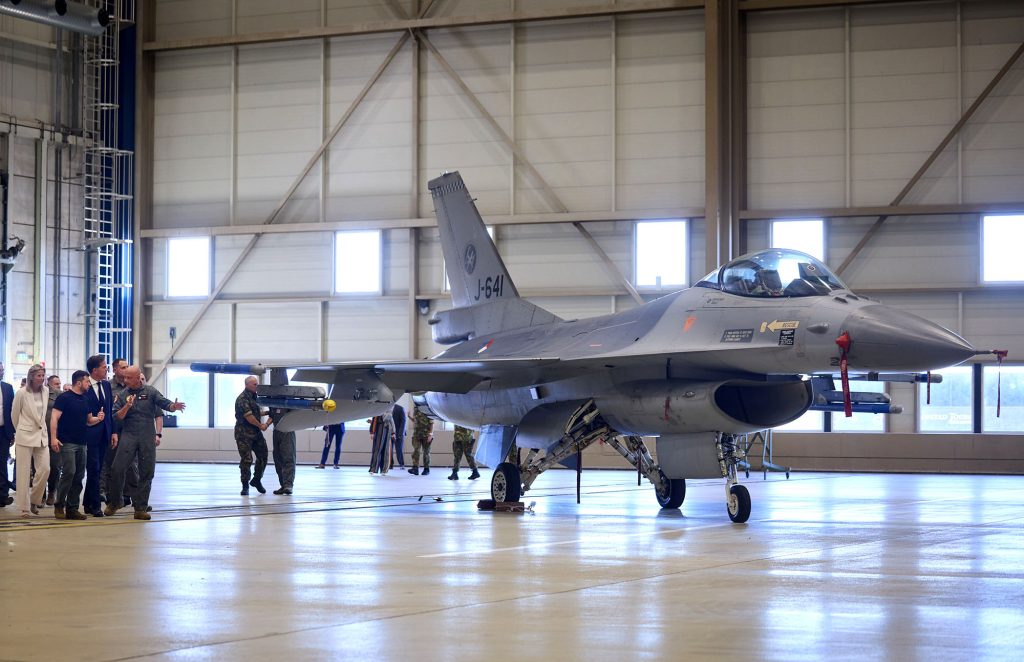The Air Force has conducted more than 50 surveillance missions around the U.S. southern border with crewed and uncrewed aircraft, as the Pentagon seeks to gather intelligence on foreign cartels, drug and human trafficking, and illegal migration.
Newly disclosed statistics issued by the service show that 53 sorties have been flown as of the beginning of April to support U.S. Northern Command’s effort to strengthen border security. More flights have been carried out since then.
“Protecting the homeland is our top priority and it always will be,” Air Force Chief of Staff David W. Allvin said in a statement to Air & Space Forces Magazine. “Airmen have executed over 50 intelligence, surveillance, and reconnaissance flights in support of U.S. Northern Command.”
According to a service spokesperson, the missions have been carried out by:
- U-2 spy planes from the 9th Reconnaissance Wing at Beale Air Force Base, Calif.
- RC-135 Rivet Joint signals intelligence collection aircraft from the 55th Wing from Offutt Air Force Base, Neb.
- RQ-4 Global Hawk remotely piloted aircraft—long-endurance, high-altitude drones—flown by the 319th Reconnaissance Wing at Grand Forks Air Force Base, N.D.
Allvin said the crews operating those aircraft had logged more than 570 flight hours. Airmen on the ground have also been analyzing intelligence data and carrying out logistical operations at Guantanamo Bay, which has been used to hold migrants following the Trump administration’s crackdown on illegal immigration.
The Air Force has also carried out deportation flights out of the United States using C-17s and C-130s and has been conducting flights to move personnel and equipment to support thousands of extra troops that have been ordered to the border.
Those missions “help maintain the sovereignty, territorial integrity, and security of the United States,” Allvin said.
The U-2s can collect high-resolution imagery, signals intelligence (SIGINT), and measurement and signature intelligence (MASINT) from altitudes over 70,000 feet.
The original U-2 first flew in 1955, but current models date to the 1980s, when production restarted. The aircraft has been modernized since then and can carry a range of payloads, including advanced optical, electro-optical/infrared imaging, synthetic aperture radar, and signals intelligence sensors. The Air Force’s fleet of more than two dozen U-2s is based at Beale, but the aircraft are also deployed to forward operating locations worldwide.
Offutt’s RC-135s, which also deploy around the world, have been observed via flight tracking data operating from their home base in Nebraska on border surveillance missions. RC-135s date back to the 1970s, but they have been continuously upgraded with refreshed intelligence-gathering equipment since then. They have flown along the border and off the Mexican coast of the Baja Peninsula.
The Air Force flights are part of a joint effort by the U.S. military that also involves Army UH-72 Lakota and UH-60 Black Hawk helicopters and MQ-1 Grey Eagle unmanned aircraft.
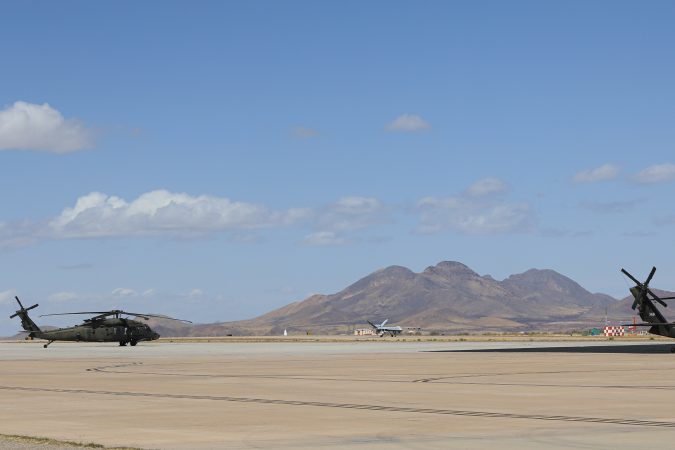
The Navy has been flying multiple sorties per week with P-8 Poseidon anti-submarine warfare aircraft, which can function as intelligence-gathering planes over land and sea with their advanced radar and sensors.
The U.S. government is also operating several aerostat radar balloons around the southern border, U.S. officials told Air & Space Forces Magazine. U.S. Customs and Border Protection also operates MQ-9 drones for surveillance, the officials added.
The U.S. Navy has deployed two destroyers—one off each coast—to patrol the waters off the U.S. under the direction of U.S. Northern Command.
The Joint Intelligence Task Force-Southern Border, based at Davis-Monthan Air Force Base, Ariz., helps oversee the joint service effort. Its intelligence analysts work with U.S. Customs and Border Protection. As of March, NORTHCOM had assigned some 40 Air Force intelligence analysts to the border mission.
Mexican drug cartels have also stepped up their aerial activities, including surveilling U.S. troops along the southern border with drones, said Army Maj. Gen. Scott Naumann, commander of Joint Task Force-Southern Border. Naumann also serves as the commander of the 10th Mountain Division, which provides a headquarters-level command, based at Fort Huachuca, Ariz., for some 6,600 Active-duty troops along the border.

